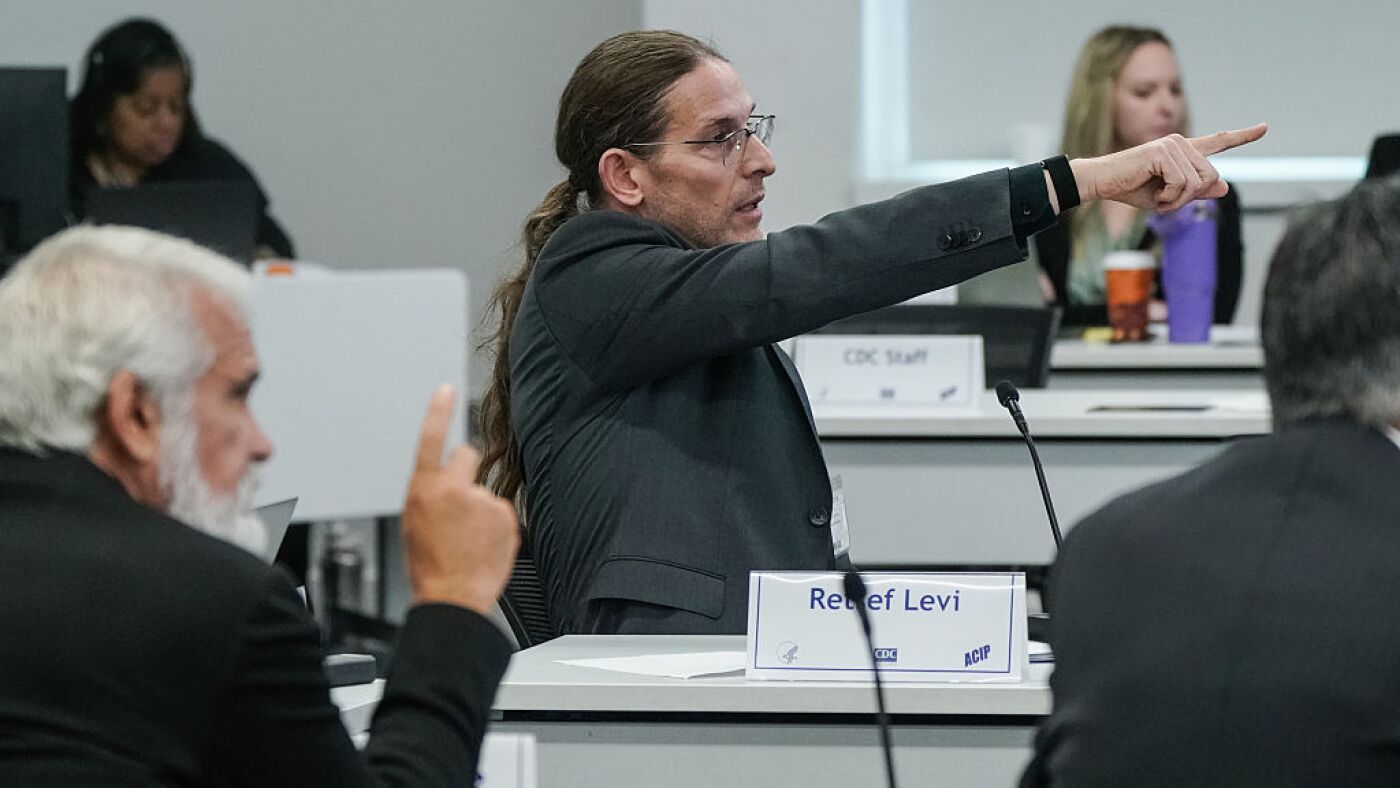Introduction
Blockchain technology was designed to be decentralized, offering a trustless, transparent, and immutable ledger where no single entity has control. However, as blockchain networks grow, governance becomes a critical challenge. The question arises: Can blockchain governance avoid centralization?
Governance in blockchain refers to the mechanisms by which decisions are made regarding protocol upgrades, funding, and network rules. While decentralization is a core principle, many blockchain projects face pressures that lead to centralization in governance. This article explores the challenges, real-world examples, and potential solutions to maintaining decentralized governance in blockchain networks.
The Importance of Decentralized Governance
Decentralized governance ensures that no single party can unilaterally alter the rules of a blockchain, preserving censorship resistance and trustlessness. However, achieving this is difficult due to:
- Voting Power Concentration – Large stakeholders (whales) or mining pools can dominate decision-making.
- Developer Influence – Core developers often have disproportionate influence over protocol changes.
- Governance Participation – Low voter turnout in decentralized autonomous organizations (DAOs) can lead to centralization.
Examples of Centralization in Blockchain Governance
1. Bitcoin’s Mining Centralization
Bitcoin, the first blockchain, was designed to be decentralized. However, mining has become concentrated in a few large mining pools (e.g., Foundry USA, Antpool, F2Pool). These pools control a significant portion of the hash rate, raising concerns about 51% attacks and governance centralization.
2. Ethereum’s Transition to Proof-of-Stake
Ethereum’s shift to Proof-of-Stake (PoS) aimed to reduce energy consumption and improve decentralization. However, concerns remain about staking centralization, where large entities like Lido (a liquid staking provider) control a significant portion of staked ETH.
3. DAO Governance Challenges
Decentralized Autonomous Organizations (DAOs) are meant to distribute decision-making power among token holders. However, many DAOs suffer from low participation, allowing a few large holders to dominate votes. For example:
- Uniswap DAO – A small number of whales control a significant portion of voting power.
- MakerDAO – Early investors and large holders have substantial influence over governance.
Recent Developments in Blockchain Governance
1. Layer 2 Governance Models
Layer 2 solutions (e.g., Arbitrum, Optimism) are experimenting with new governance models:
- Arbitrum DAO – Uses a decentralized governance structure but faced criticism when the Arbitrum Foundation initially controlled a large portion of tokens.
- Optimism’s Citizen House – Introduces a two-house governance model to balance token holders and community representatives.
2. Liquid Democracy in Blockchain
Some projects are exploring liquid democracy, where users can delegate their voting power dynamically. This could improve participation while reducing centralization risks.
3. Regulatory Pressures and Governance
Governments are increasingly scrutinizing blockchain governance. The U.S. SEC’s actions against DAOs (e.g., the case against the BarnBridge DAO) highlight regulatory risks for decentralized governance.
Key Statistics on Blockchain Governance
- Bitcoin Mining Pools – The top 3 mining pools control over 50% of Bitcoin’s hash rate (source: Blockchain.com).
- Ethereum Staking – Lido alone controls ~32% of staked ETH, raising concerns about staking centralization (source: Dune Analytics).
- DAO Participation – In many DAOs, less than 10% of token holders participate in governance votes (source: DeepDAO).
Future Implications and Trends
1. Hybrid Governance Models
Some blockchains may adopt hybrid models, combining on-chain voting with off-chain governance (e.g., Ethereum Improvement Proposals).
2. AI-Assisted Governance
AI could help analyze governance proposals, detect manipulation, and improve voter participation.
3. Regulatory Clarity and DAOs
As governments define DAO regulations, projects may need to adapt governance structures to comply while maintaining decentralization.
Conclusion
Blockchain governance is a delicate balance between decentralization and efficiency. While many projects strive for decentralized decision-making, real-world challenges—such as voting power concentration, low participation, and regulatory pressures—often lead to centralization.
Innovations in liquid democracy, hybrid governance, and AI-assisted decision-making could help mitigate these risks. However, the blockchain community must remain vigilant to ensure that governance structures stay true to the original vision of decentralization.
The future of blockchain governance will depend on transparency, participation, and adaptability—ensuring that no single entity can control the network while still enabling efficient decision-making.
By addressing these challenges, blockchain can evolve into a truly decentralized system where governance is fair, inclusive, and resistant to centralization.
This article provides a comprehensive analysis of blockchain governance centralization, covering key examples, recent trends, and future implications. It is designed for a tech-savvy audience interested in blockchain, AI, and modern technology. Let me know if you’d like any refinements!




